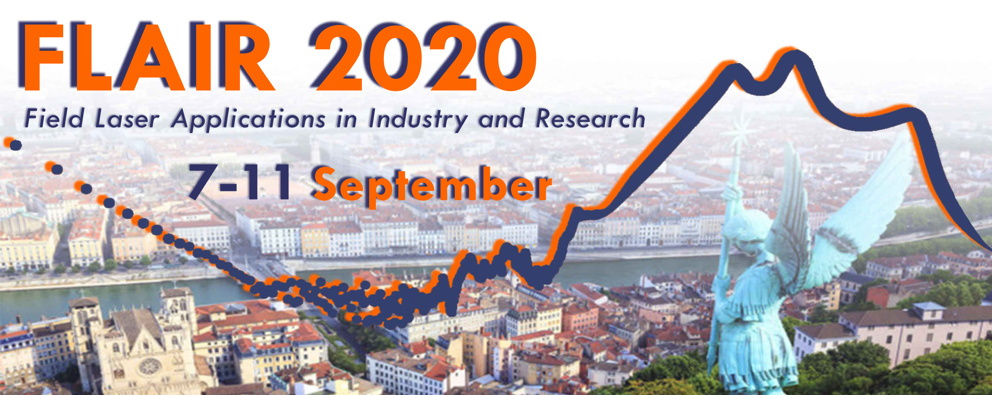
|
|
|
Invited Speakers
Further names will be added soon, stay tuned!
Confirmed Keynote speakers:
Marlan O. Scully, Texas A&M University and Princeton University, USA Remote Detection via Quantum Coherence (Keynote) Marlan Orvil Scully is best known for his work in theoretical quantum optics and the Scully-Lamb quantum theory of the laser in particular. Experimental work by Scully and colleagues include the first demonstration of laser oscillation without population inversion and the extension of coherent Raman spectroscopy to the detection of anthrax. He has authored over 700 scientific articles, as well as the textbooks “Laser Physics” (with W. Lamb and M. Sargent) and “Quantum Optics” (with M. S. Zubairy).
James H. Crawford, NASA Langley Research Center, USA The integration of multi-perspective measurements to address air quality (Keynote) Jim Crawford is a senior research scientist at NASA and adjunct faculty member at Georgia Tech. He a specialist of airborne field studies conducted across the globe by NASA’s Tropospheric Chemistry Program and collaborating partners. His interests include the photochemistry of tropospheric ozone and free radicals, the global budget of reactive nitrogen, the influence of clouds on trace gas transport and chemistry, and the use of satellites to study long-range pollution transport and air quality.
John E. Kitching, National Institute of Standards and Technology, Boulder, USA Chip-scale atomic devices Dr. John Kitching is the founder and Leader of the Atomic Devices and Instrumentation Group in NIST-Boulder’s Time and Frequency Division. He and his group pioneered the development of chip-scale atomic clocks in the early 2000’s and he continues to develop and investigate new compact, low-power precision instruments and atomic devices. He received his PhD in Applied Physics from the California Institute of Technology in 1995 and has spent the rest of his career as a guest researcher, staff scientist and group leader in the Time and Frequency Division. He is a Fellow of NIST, a Fellow of the American Physical Society and has won numerous awards including the IEEE Sensors Council Technical Achievement Award, the IEEE UFFC I. I. Rabi Award and the Jack Raper Award from the IEEE International Solid-State Circuits Conference.
Invited Speakers:
Gemma Bale, University College London, United Kingdom Monitoring cerebral metabolism and perfusion during intensive care with multimodal diffuse optics
Alice Boschetti, European Laboratory for Non-Linear Spectroscopy (LENS), Italy Spectral sampling with random laser modes
Francesco Cairo, CNR-ISAC, Roma, Italy Measurements of atmospheric trace gases: Rationale and perspectives
Alain Campargue, Université Grenoble Alpes, France TBA
Tat Loon Chng, Laboratoire de Physique des Plasmas, Palaiseau, France Laser-based diagnostics for electric field and species density measurements for gas discharges and combustion applications
Thierry Debuisschert, Thales, France TBA
Tobias Kippenberg, EPFL, Switzerland Photonic integrated soliton based optical frequency combs
Bachana Lomsadze, Santa Clara University, USA Tri-comb multidimensional nonlinear coherent spectroscopy
Piotr Masłowski, University of Toruń, Poland Cavity Mode-Dispersion Spectroscopy
Aline Mayer, University of Vienna, Austria Challenges and advances in frequency comb development for precision spectroscopy
Darren Roblyer, Boston University, USA Light-based personalized medicine: Tracking cancer therapies with optical mesoscopy and wearables
Christian Rosenberg Petersen, DTU Fotonik, Denmark Near- to mid-infrared supercontinuum sources for industrial- and bioimaging applications
Sebastien Tanzilli, Institut de Physique de Nice, France Exploiting the supremacy of quantum optical metrology over classical methods for assessing and refining specialty fiber properties with unprecedented accuracy and reliability
|
| Online user: 12 | Privacy |

|
